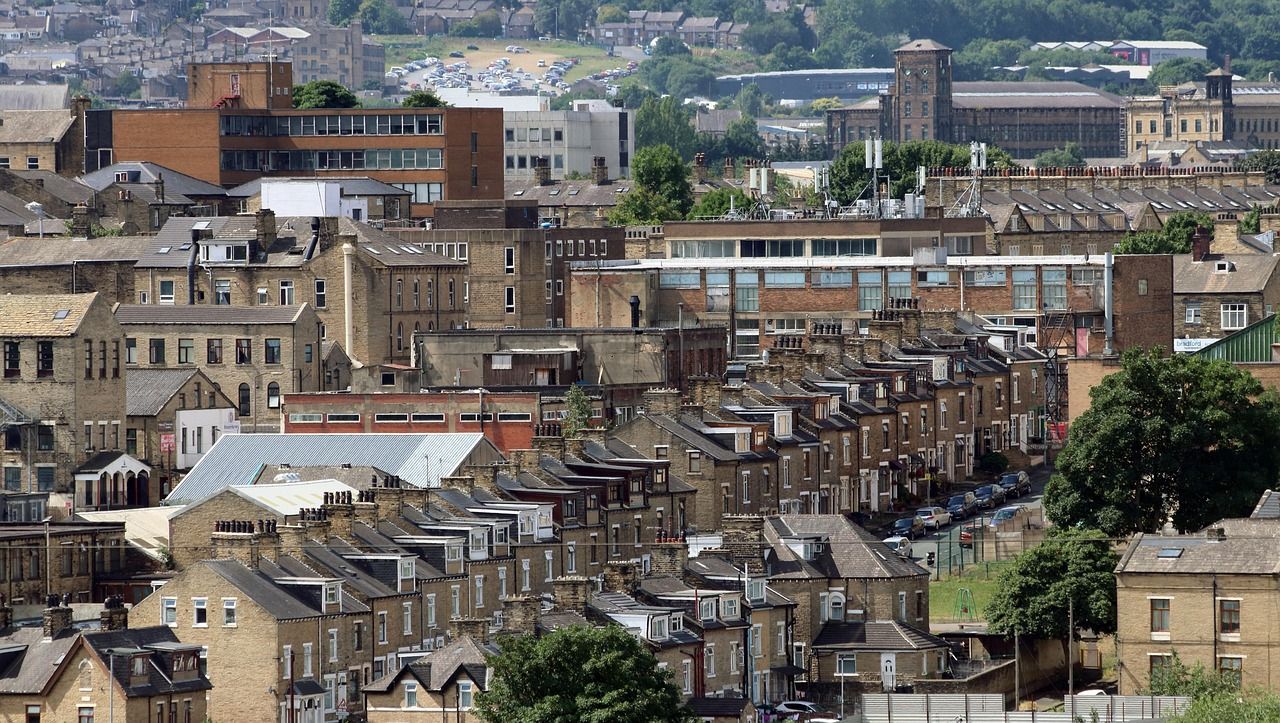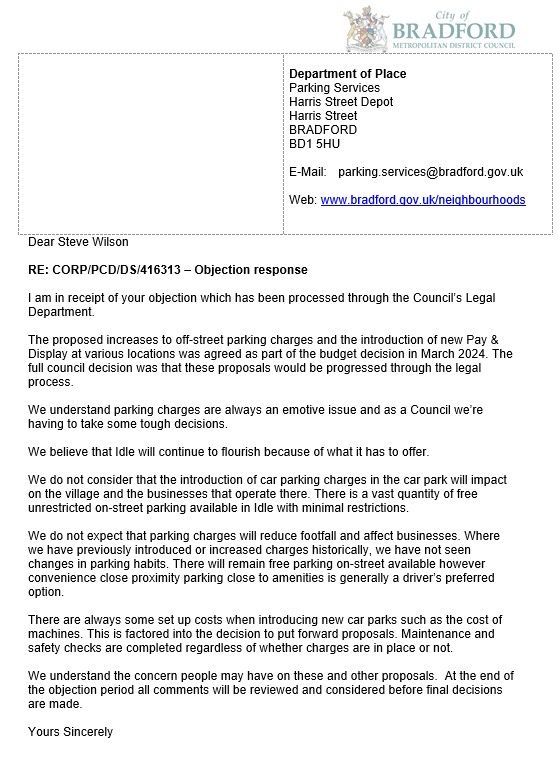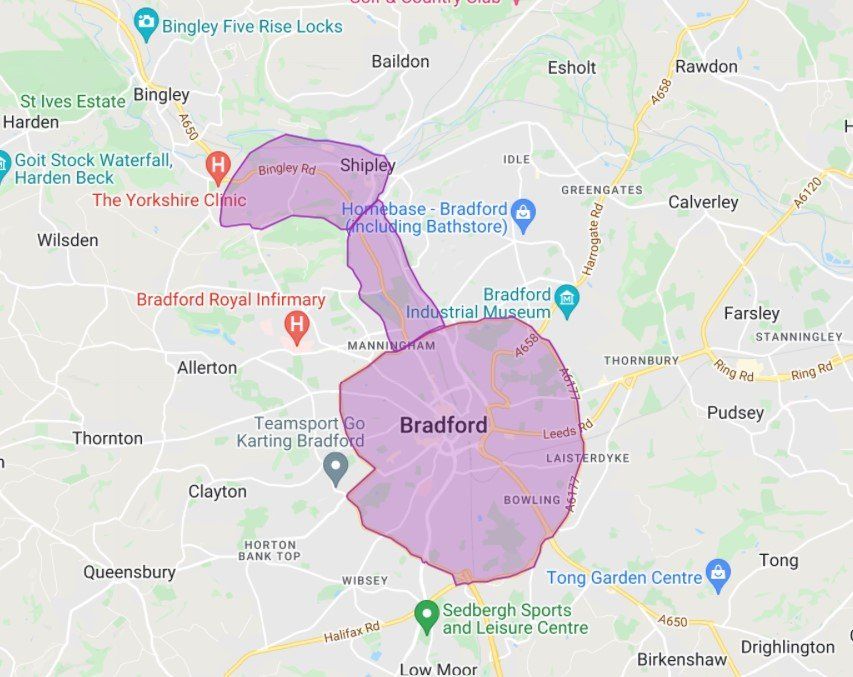Free local community magazine - 1200 copies distributed each month in Idle, Thackley, Greengates & London...honest!
Download The Trumpit or pick up your copy locally.
The final edition of the year, and a sincere thank you to all who have supported The Trumpit once again. With the next issue as far away as February, I was looking forward to some time off and maybe taking the company Learjet off to Whitby.
But no...changes are afoot! Like many local magazines, The Trumpit is created using Microsoft Publisher, a relatively uncomplicated platform. Sadly, the Silicon Valley whizz kids are binning Publisher next October, so many like me will have to get our heads around a new platform.
The next few weeks, I will be hoping that The Trumpit's tech guru, Curtis at Web Phizix, has the patience of a saint as he guides me through the oncoming darkness.
For now, please enjoy the new edition, and may I wish you all the very best of the season.
Steve
Editor
Longer Reads


Join Our Mailing List Today
Enter your email address below to subscribe to our mailing list for the latest news and information.
Alternatively, if you would like a copy of The Trumpit posting first class - UK only - you can subscribe for £25 to receive a year's worth of editions.
Email idlelord@sky.com
Mailing List Subscriber
The Trumpit is available in numerous local businesses and delivered to care homes, community centres and churches too as part of the commitment to the community.
A big thank you to all who enable The Trumpit to be distributed.
If you would like copies please contact the Editor.
Idle
Idle - Age Concern, Alexandra, Idle Bakery, Brewery Tap, Idle Coffee Lounge, Co-op, Idle Draper, EGS Motors, Funky & Fresh, The George, Go Local, Idle Fish Shop, Idle Greetings, Holy Trinity Church, John's Hair, Idle Library, Miss Butterfingers, New Inn, Pastiche Hair, Post Office, Idle Sandwich, Style Counsel, Symposium, Taylored Dental, Towngate Fisheries, United Reformed Church, White Bear, White Swan & Idle WMC.
Thackley
Thackley - Ainsbury, Black Rat, Carole's Hair, Commercial, Community Centre, Crompton's Butchers, Drake's Newsagents, Elliott's, Great Northern, Harlequin Cafe, Jo-Jo's Hair, Lavender Spa, Lonsdale Estate Agents, Mad Barber, Matisse, Nisa, Snoops, Thackley Pharmacy, The Cube and Thackley Football Club.
Other
Elsewhere -
Birkhill Dental
Day's Confectioners @ Five Lane Ends
Idle Travel @ Morrisons
Kent's Fitness @ Bolton Junction
The Highfield
Greengates - Biz Space (reception and Josie's Hair), Cracker Barrel, Revive Beauty & The New Line
New Paragraph





